How to lay paving blocks, gravel & asphalt
An edging kerb can give an attractive, decorative finish to your path, patio or drive. It's particularly good for retaining paths of gravel or asphalt, and a must if you're laying paving blocks - as these are simply bedded into a sub-base of sand over compacted hardcore. If you don't have a securely-laid kerb edging all around your concrete footings, you'll find the unmortared blocks will soon fall away.
You can bed paving blocks into a layer of sharp sand with a light plate compactor. You could use a club hammer and a piece of timber instead, particularly if you're only paving a small area - but the blocks won't be as stable.
Work out the dimensions of your paving or patio in numbers of whole blocks to avoid waste and minimise cutting. Then set out a sub-base at least 75mm deep in the same way as you would for slab paving. Check you have the correct fall to make sure the drainage works well.
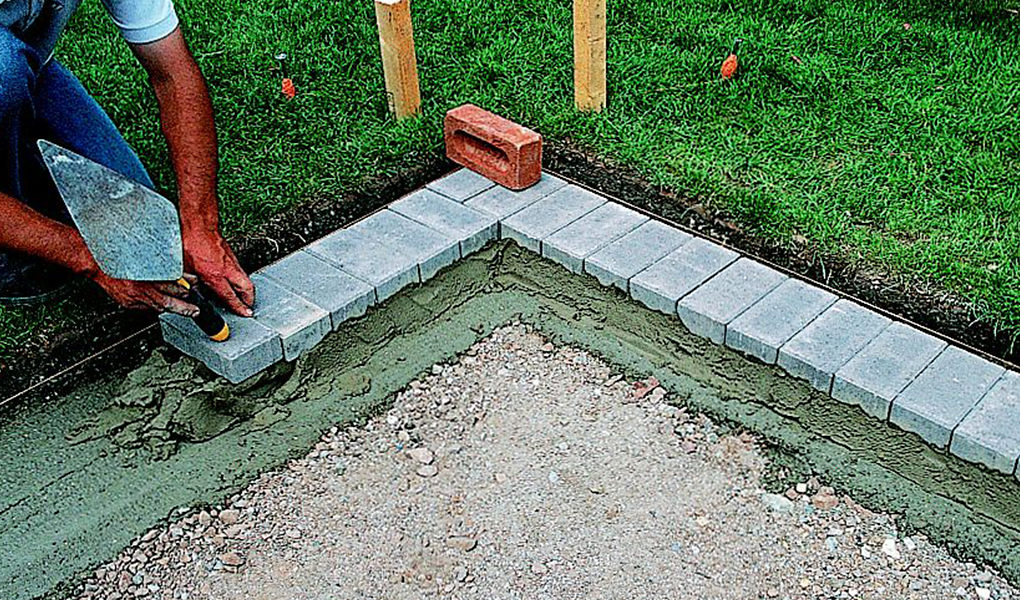

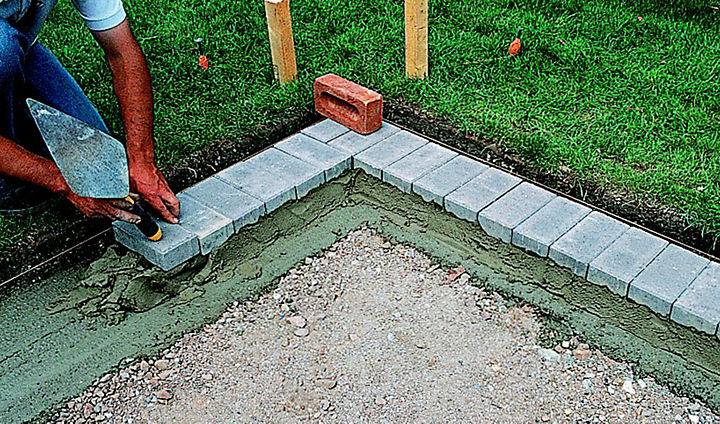
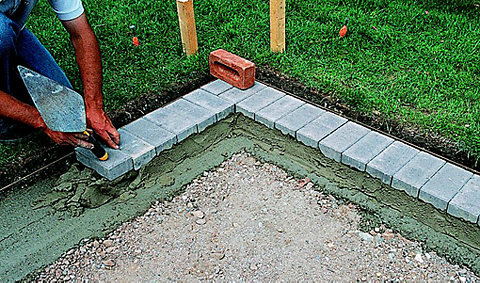
Step 1
Start by digging a strip around the edge of the sub-base and laying concrete footings for the kerb. Each footing should project 75mm on the outside of the edging blocks and no more than 25mm on the inside. When the concrete is dry, lay the edging blocks on a bed of mortar that consists of three parts sharp sand to one part cement. Use a line and spirit level to position them, and allow for the fall across their surface. Then leave the mortar to harden for three days.
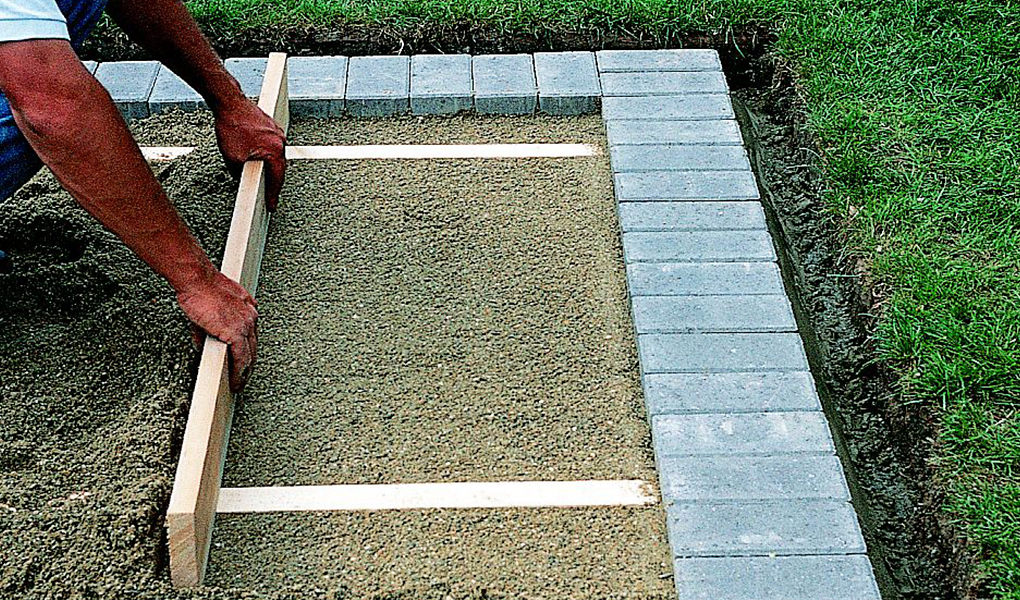

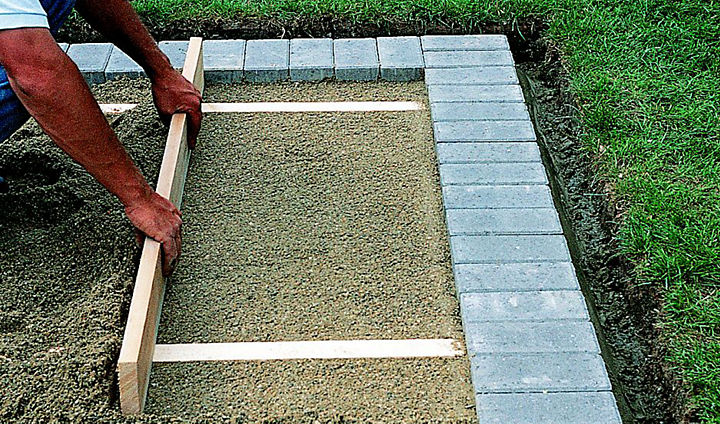
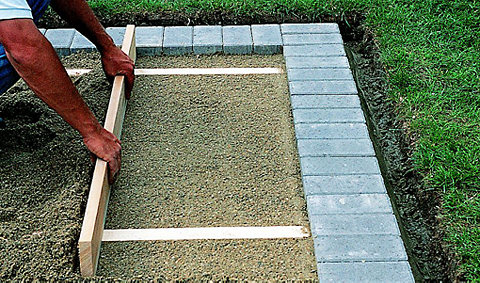
Step 2
Place two timber levelling strips about one metre apart to form a bay. The strips need to be as deep as the sand, which in turn depends on the size of block and method of compaction. A plate compactor will reduce the sand by 15mm, and if you bed in the blocks by hand this will reduce it by about 10mm. Pile sand into the bay, then spread it perfectly flat and level with the tops of the strips. Check the fall as you go.
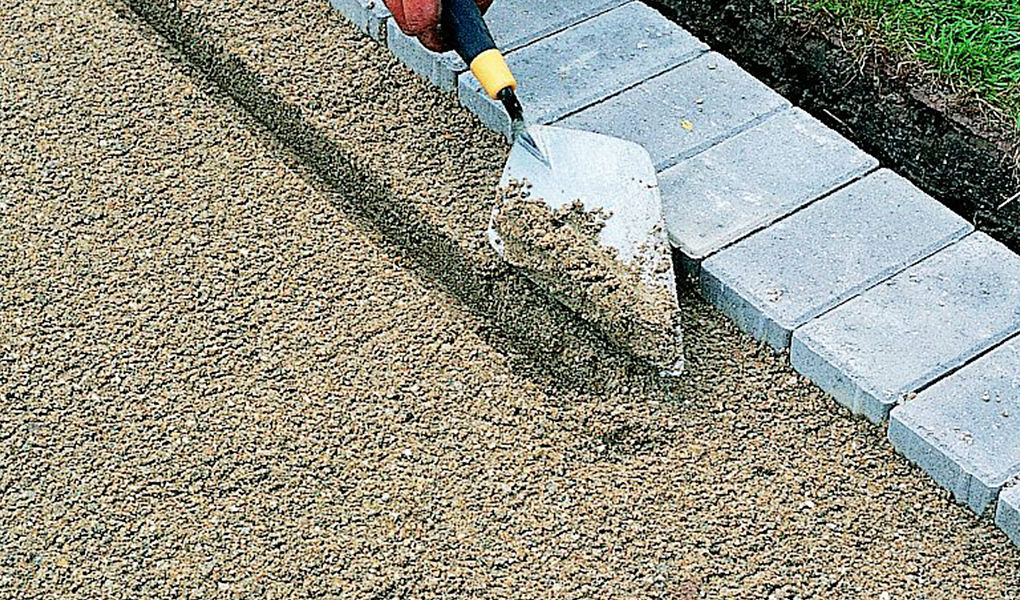

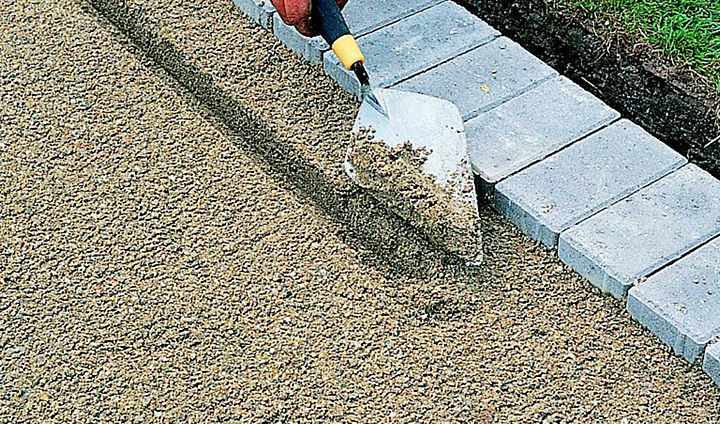
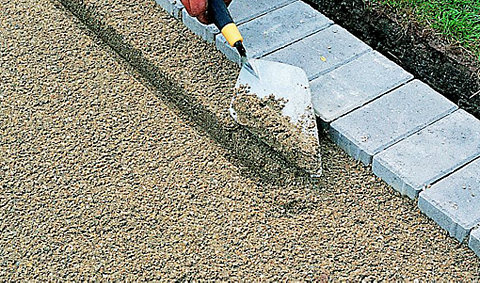
Step 3
Prepare two or three bays, then remove the timber strips and carefully fill the depressions they've left with sand (use a trowel to do this). Make sure the surface stays completely flat, and try not to walk on the sand.
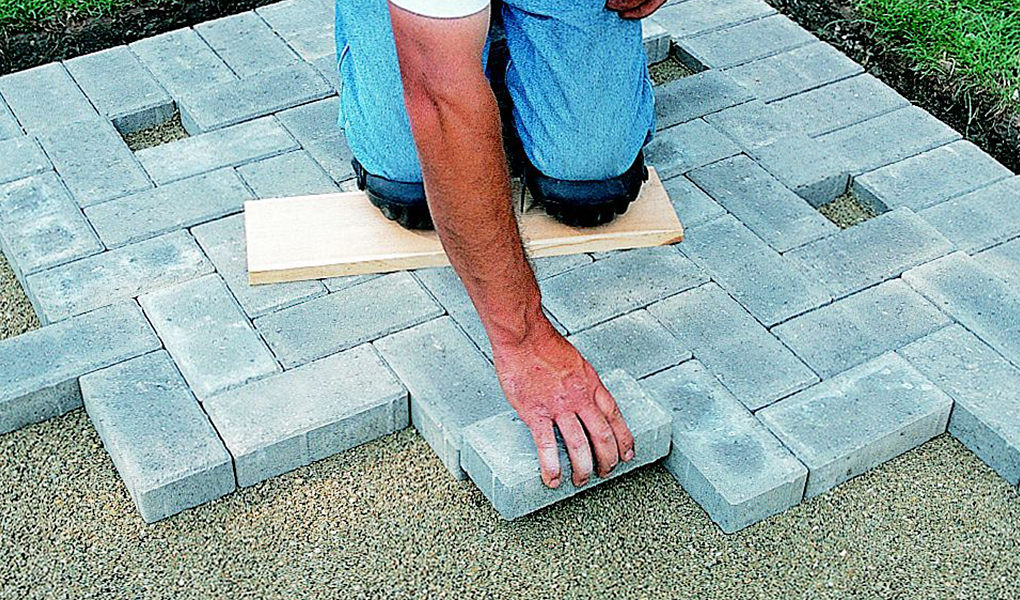

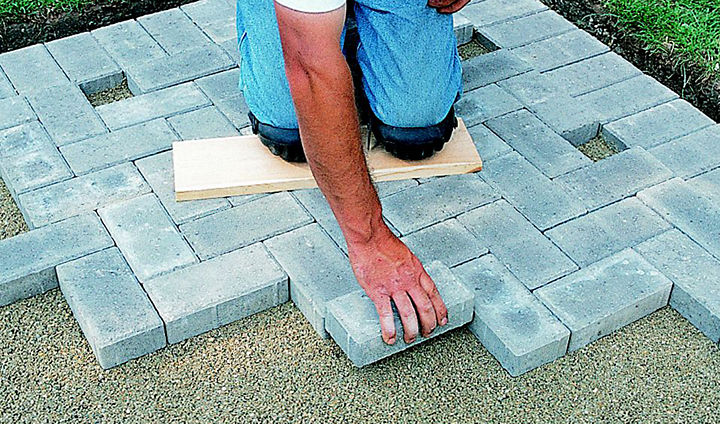
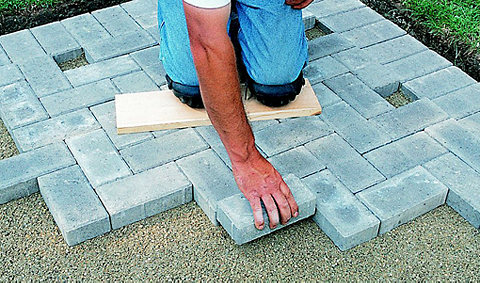
Step 4
Lay the blocks in the pattern of your choice and start from one corner. It's a good idea to wear knee pads when you do this, and kneel on a length of timber to spread your weight over several paving blocks. Fit the blocks tightly against each other leaving no joints (they have small spacing nibs included in their design). Complete about two square metres at this stage.
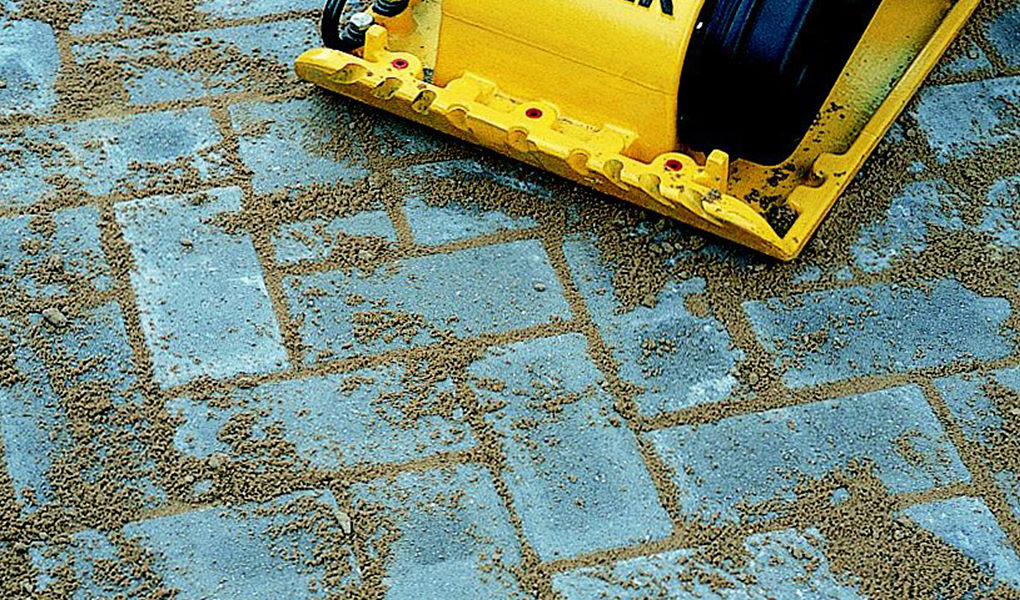

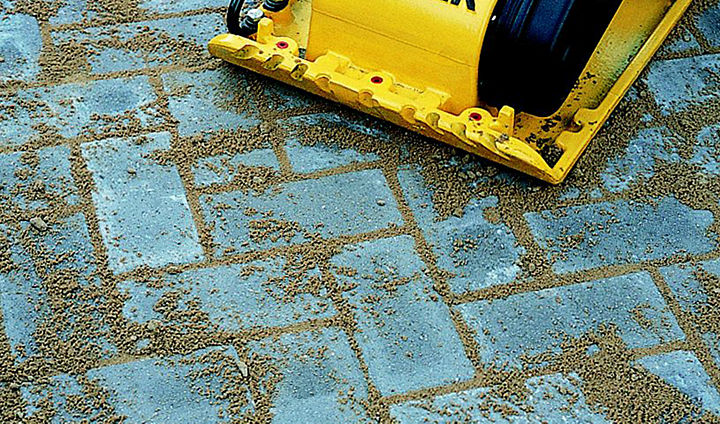
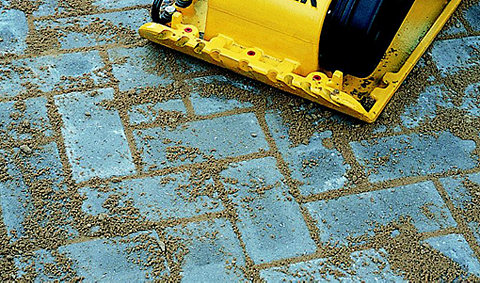
Step 5
Press the blocks into the sand, using a plate compactor or club hammer and a piece of timber. If they drop too low or won't compact enough, take them up and adjust the sand bed. Then go on paving in two square metre sections.
A loose gravel path needs a retaining edge so it doesn't spread when it's used. You'll need to set out a sub-base 100mm deep, in the same way as you would for slab paving.
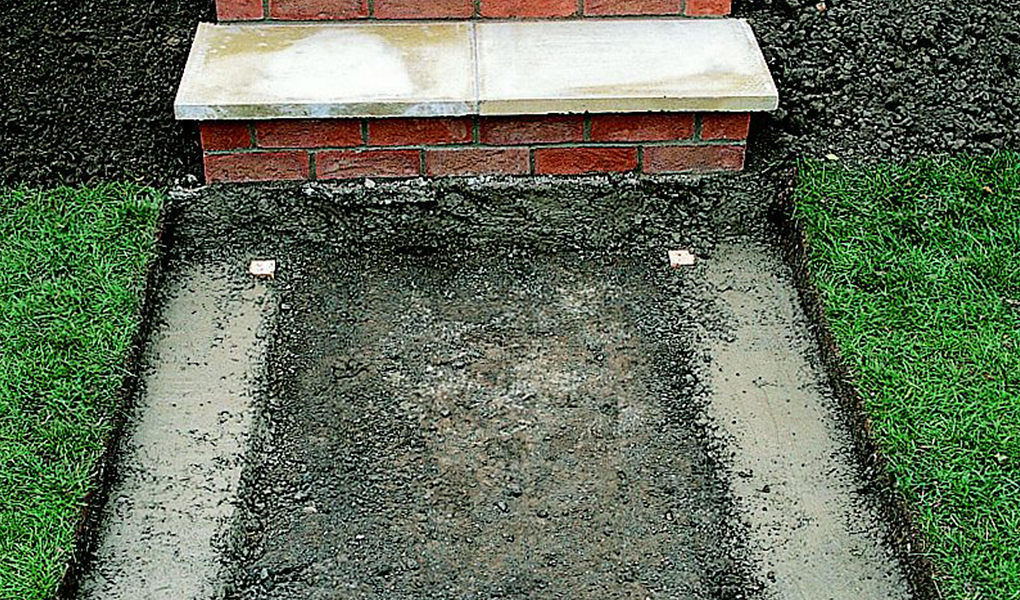

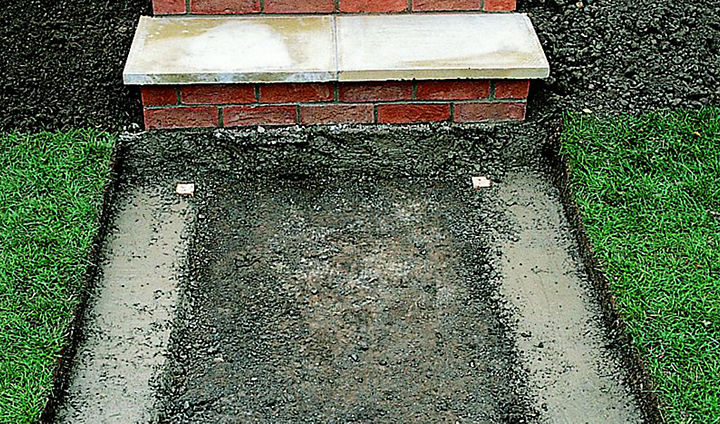
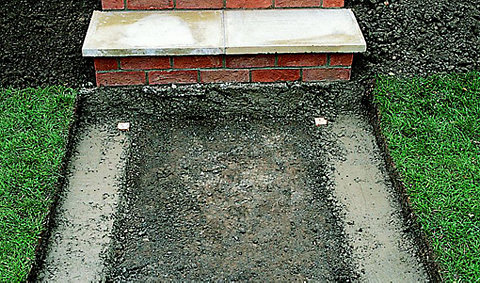
Step 1
Dig the hardcore sub-base to lay concrete footings for your kerb. The footings should be at least 75mm deep and stick out about 75mm either side of the edging kerb line.


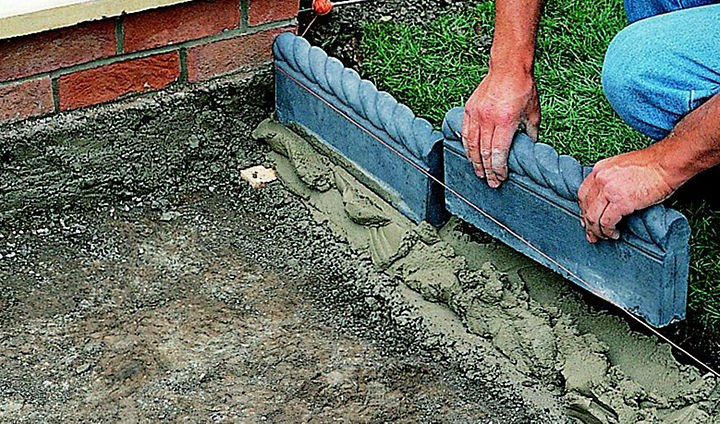
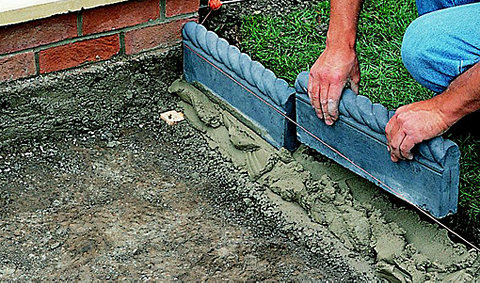
Step 2
Use a builder's line to align the edging kerb as you set it on a bed of mortar.
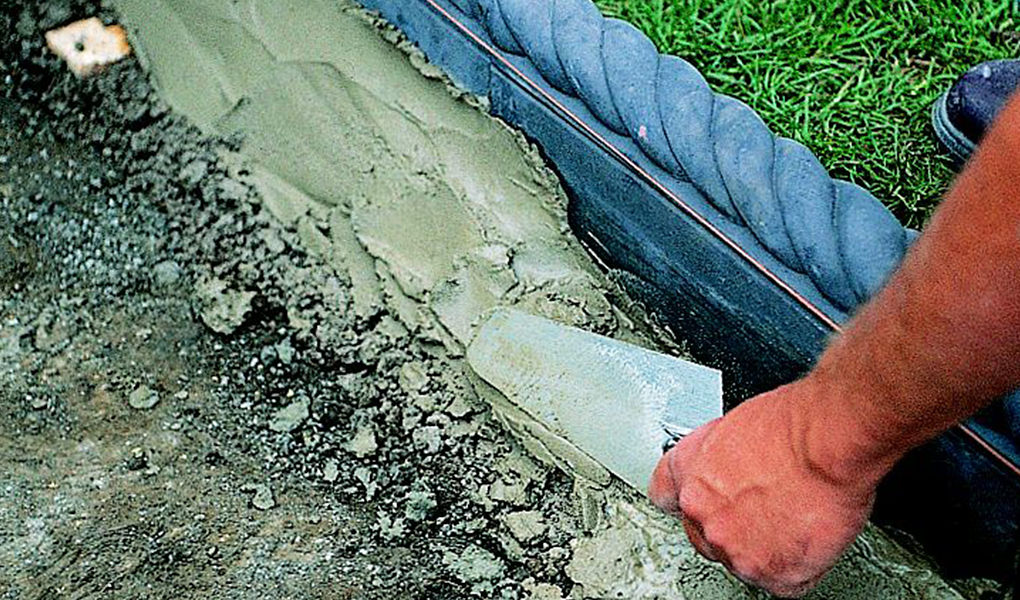

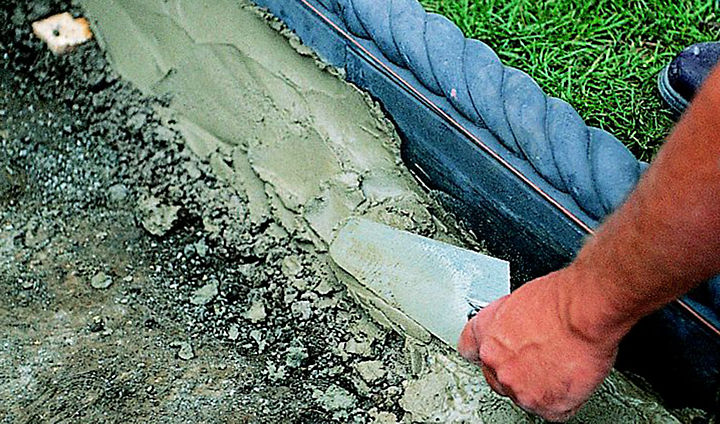
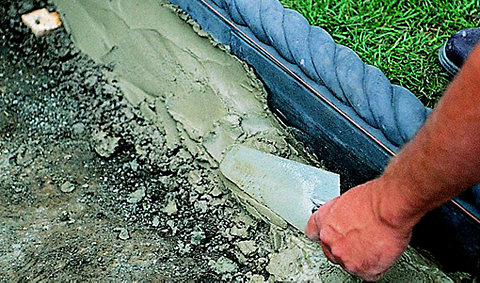
Step 3
Build up the mortar against the edging kerb on both sides using a trowel. Try to keep it lower than the path and ground level so it'll be out of sight.
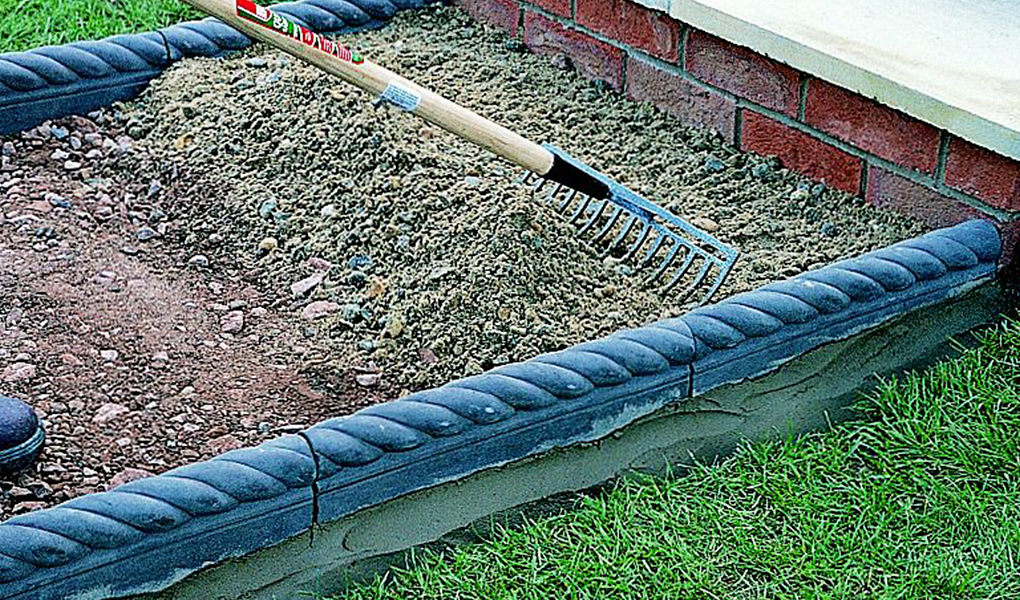



Step 4
Make sure the hardcore sub-base is firmly compacted down. Then cover it with coarse gravel mixed with sand to a depth of 50mm, and rake it level.
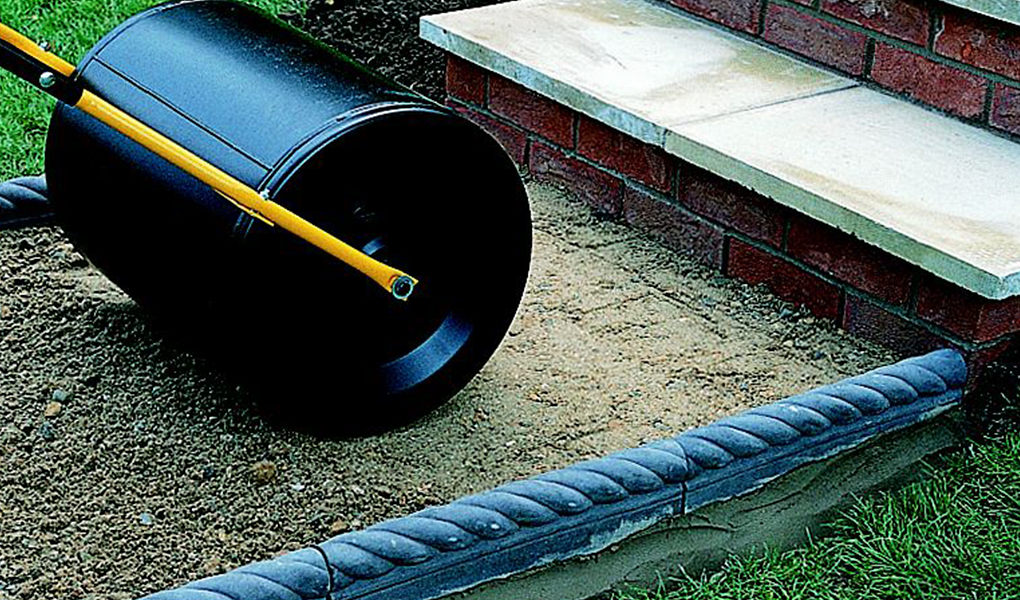

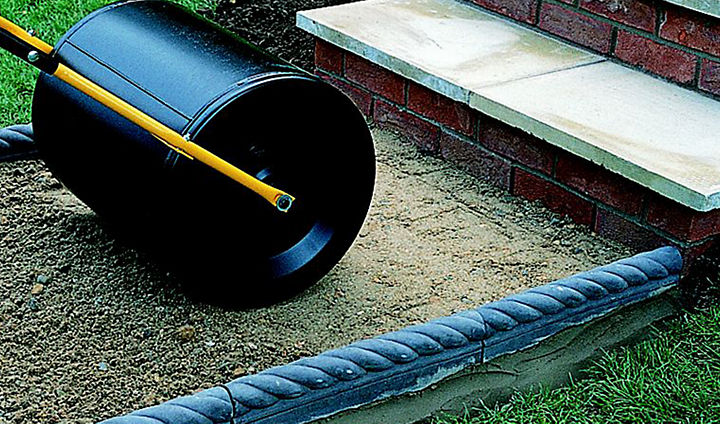

Step 5
Use a garden roller to roll in the coarse gravel and sand.
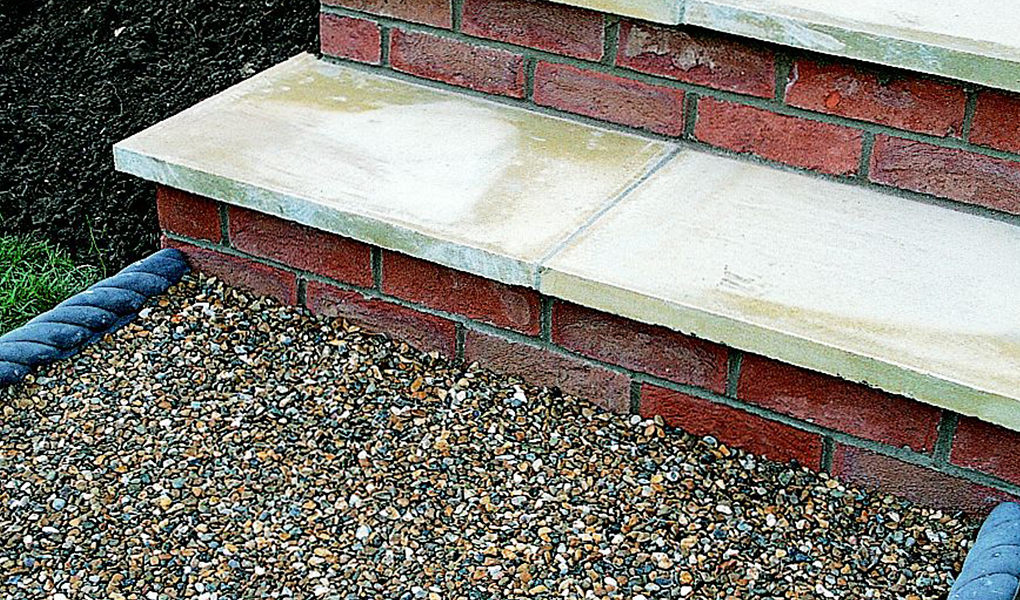

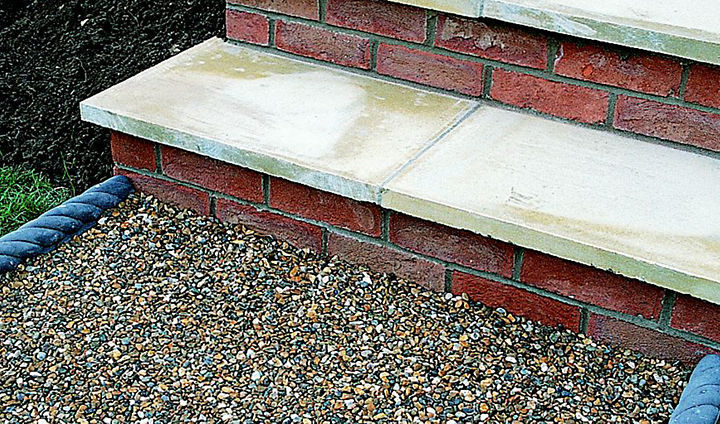
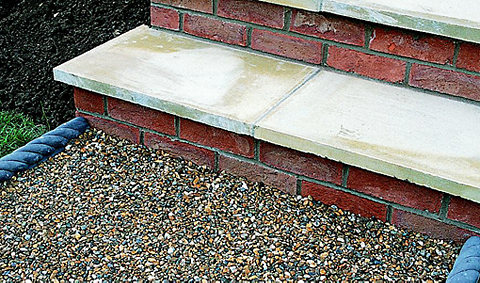
Step 6
Cover the surface with fine pea gravel to a depth of 18mm to 25mm, and roll it with your garden roller.
You can use cold asphalt to repair or resurface existing asphalt, or build a new path on a hardcore sub-base. But it isn't suitable for the constructing new drives.
If you're resurfacing an old path, it's a good idea to spray it with weed killer about two weeks before putting on the new layer. If you're building a new path, prepare a sub-base as you would for a patio and lay some edging kerb. But pick a fine day to lay the asphalt, as water doesn't mix with bitumen emulsion.
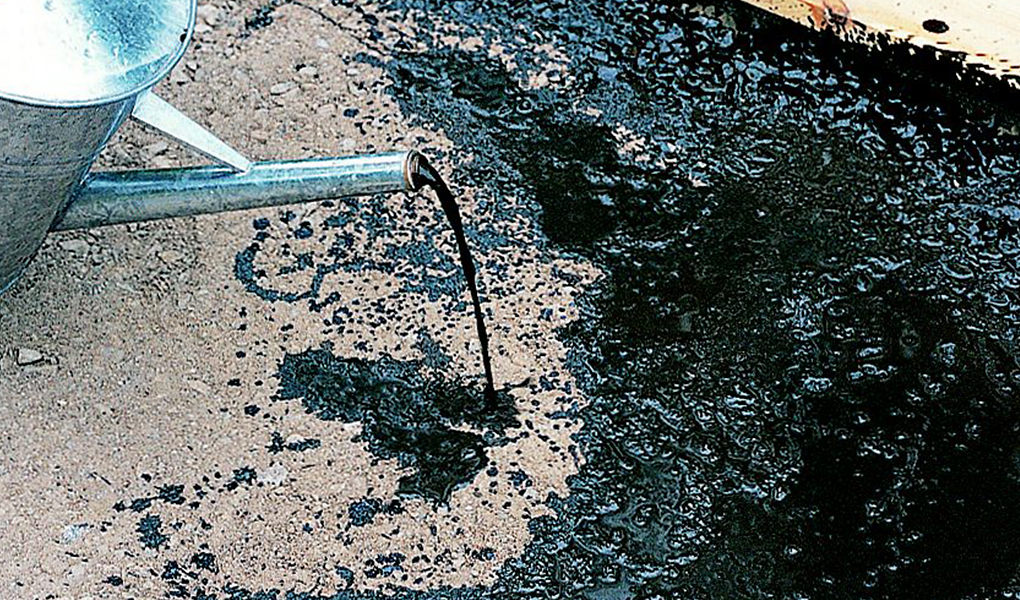

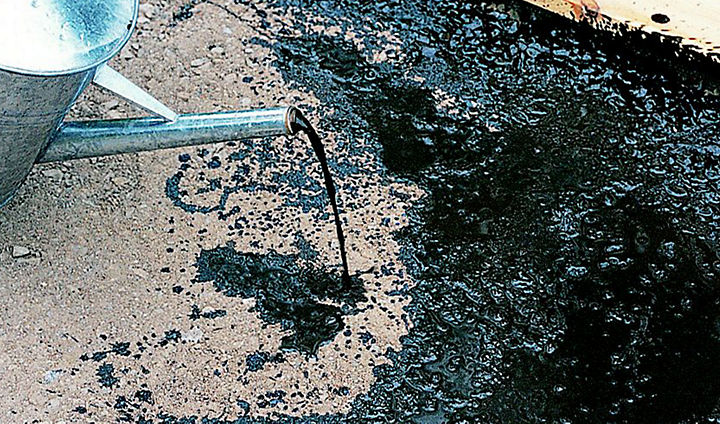
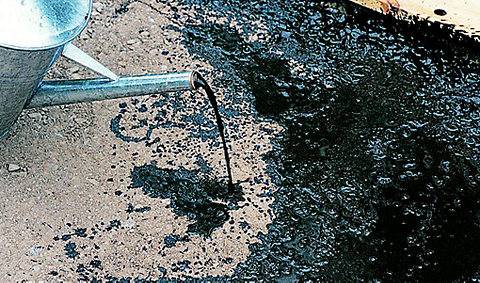
Step 1
To avoid staining your edging kerb, cover it with some hardboard or old timber (if you do get any splashes on it, you can remove them with some white spirit on a cloth). Spread a coat of bitumen emulsion on the sub-base using an old watering can without a rose. Then brush it across the surface with a stiff broom, if needed. Let the emulsion dry for about twenty minutes, during which time it'll turn from brown to black.
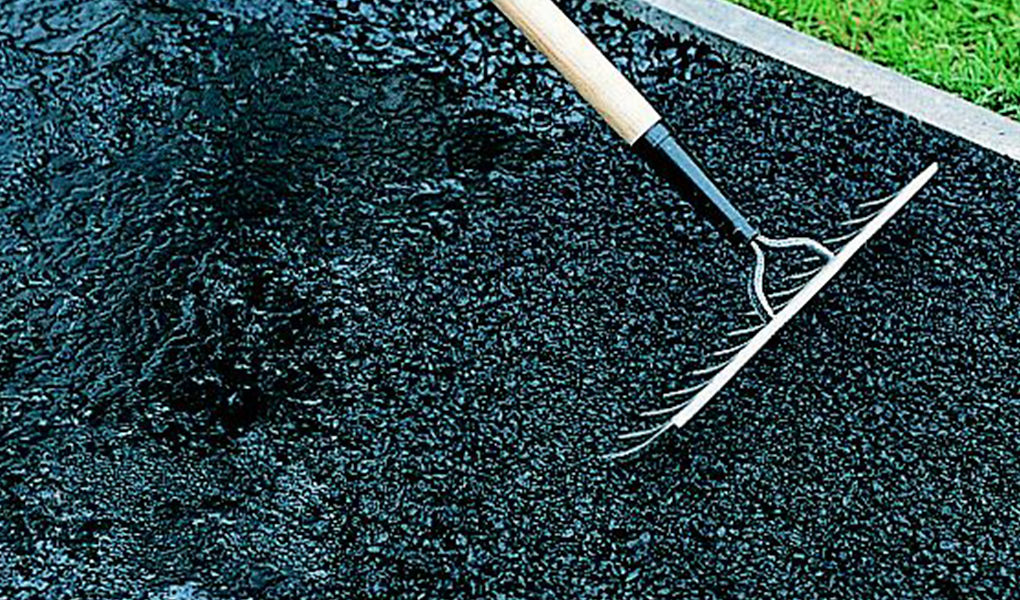

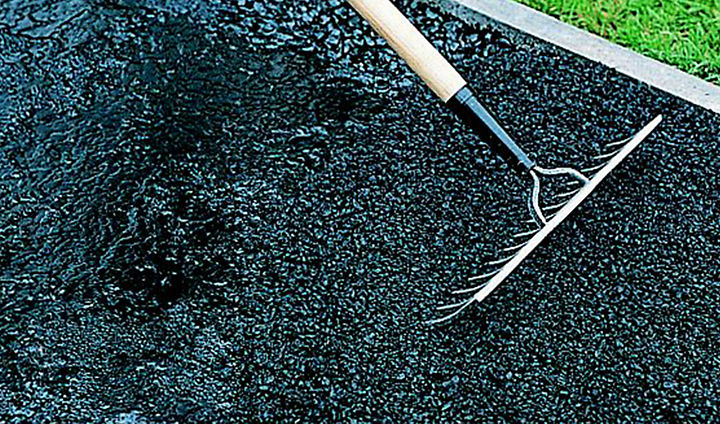
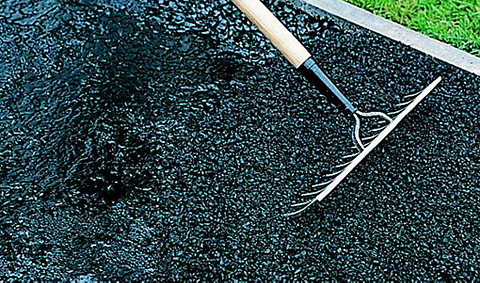
Step 2
Tip or shovel the asphalt on top of the emulsion, and rake it over the surface to an even thickness of about 20mm.
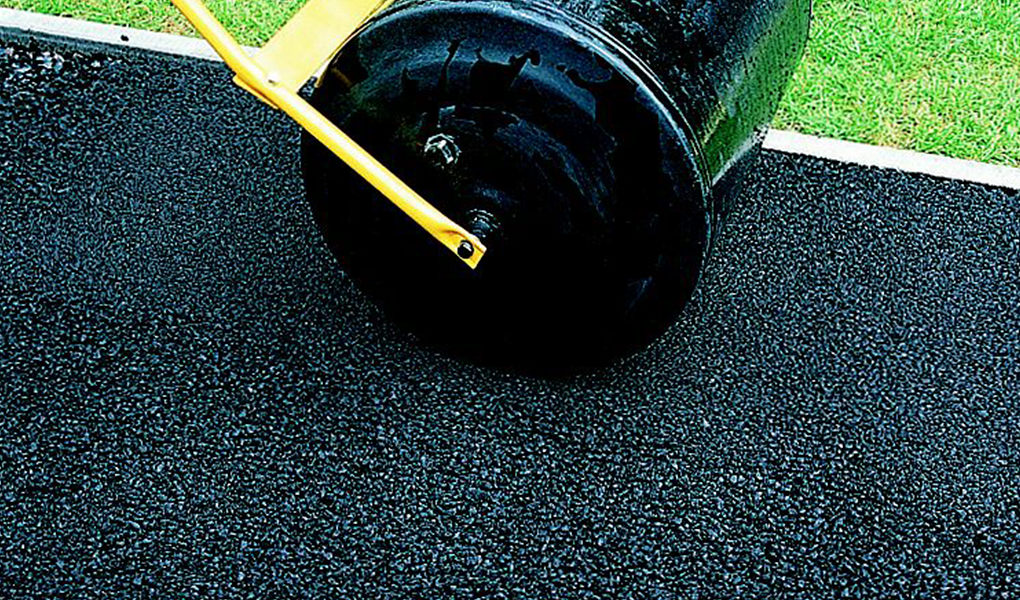

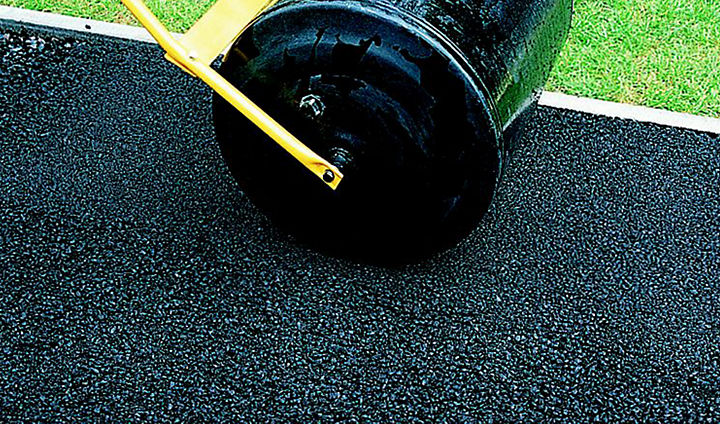
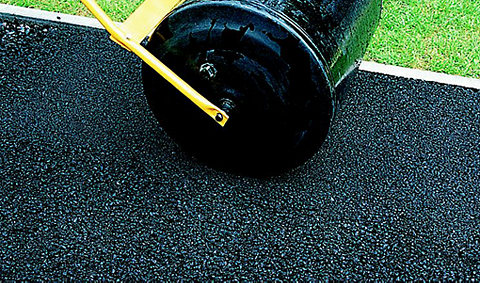
Step 3
Wet the garden roller to stop the asphalt from sticking, then roll in several directions to level and compact it to a depth of about 13mm. Clean your tools with paraffin or white spirit when you've finished.